Clear Bracket Braces. Are They Right for You?
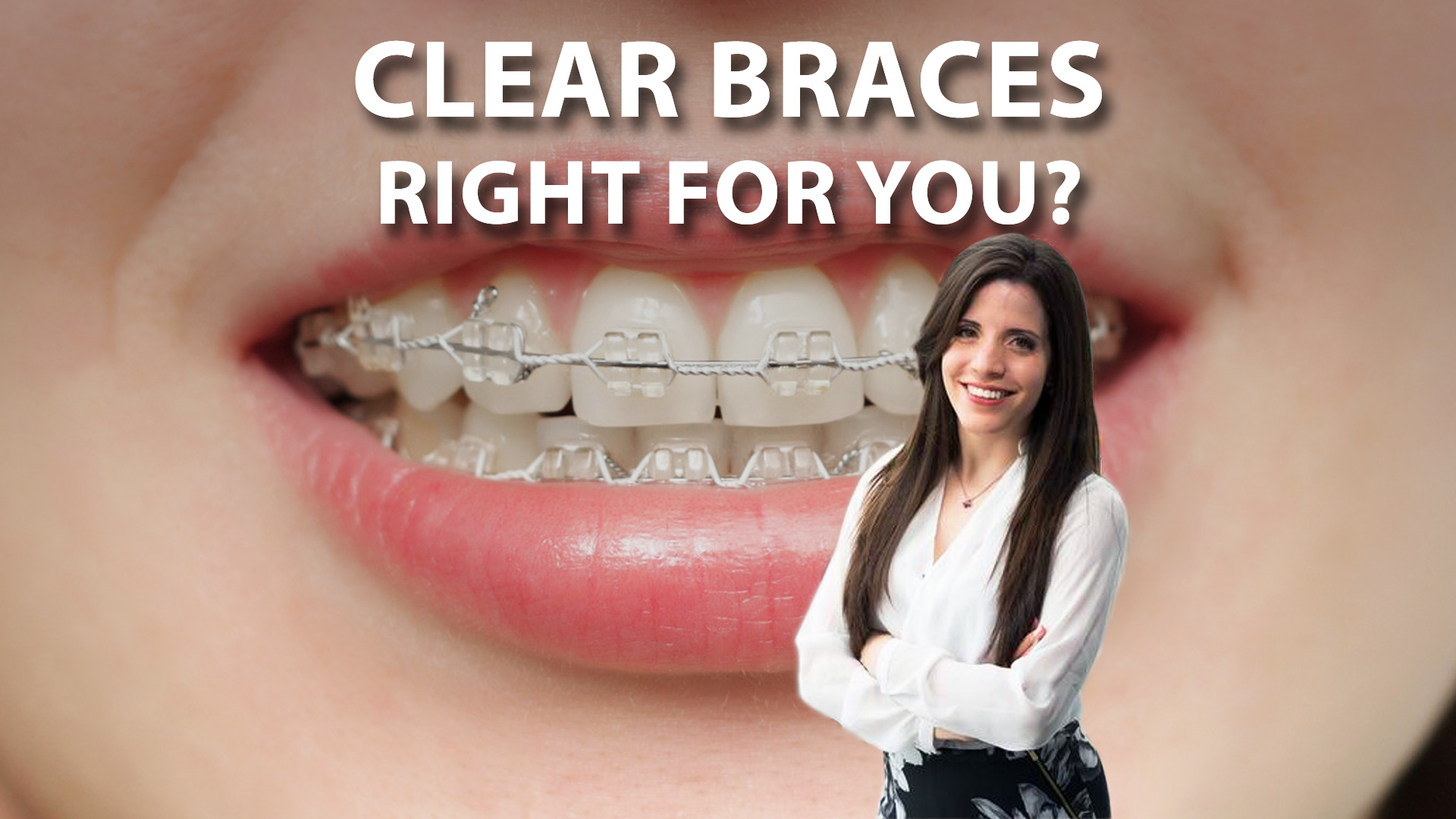
Now you see them, now you…don't!
Who wouldn't enjoy a straight set of pearly whites? 😄
Is it possible to get your teeth straight without anyone noticing or having the look of metal on your teeth?
With more and more adults receiving orthodontic treatment and desire for esthetics more in demand than ever, patients often wonder if it is possible to straighten their teeth without anyone noticing.
So let's talk about clear bracket braces, clear aligners and contrast these new systems against traditional metal braces and even braces behind teeth!
Traditional Metal Braces
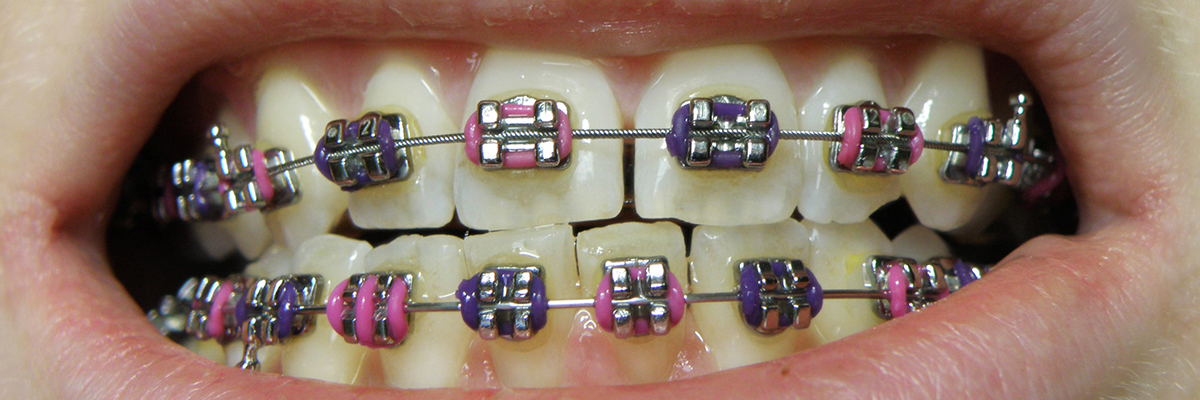
The metal braces that we are all used to seeing are very noticeable and even more so with the colors that are used. These types of braces are a great tool to straighten teeth for many reasons. The teeth respond well and move in an efficient way to become straighter and they allow the orthodontist to effectively control where each tooth goes. Some cons about metal braces are that they are noticeable and require more effort to keep clean.
Clear Braces
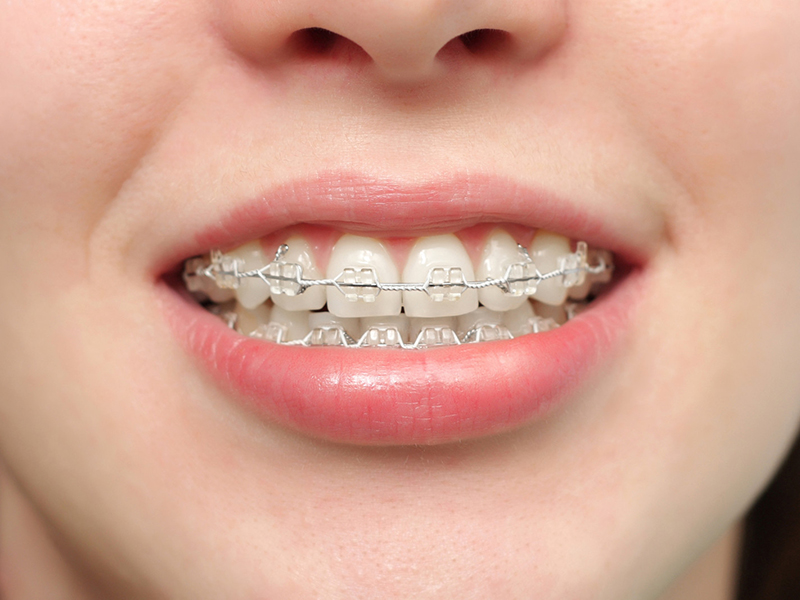
Clear bracket braces are very popular among adult patients. They have most often been made from ceramic which allows them to be a very similar colour to teeth. Although they have great esthetic advantages, there are some disadvantages with clear ceramic braces. They have been known to take a little longer due to how they work with the wires. Because of this reason it is common to use them on just the upper front teeth, with metal braces on all other teeth. From the orthodontist's perspective, they are more challenging to remove and can sometimes damage the tooth enamel in this process. Ceramic is also more brittle than metal and as a result they often fracture. They can also wear away the enamel on the opposite teeth as you bite down if they come in contact with those teeth. Clear braces made from plastic are a recent advancement that is still in development which may provide the esthetic advantages as ceramic braces with less side effects. Additionally, due to the esthetic advantages, these type of braces tend to be a bit pricier.
Braces behind teeth
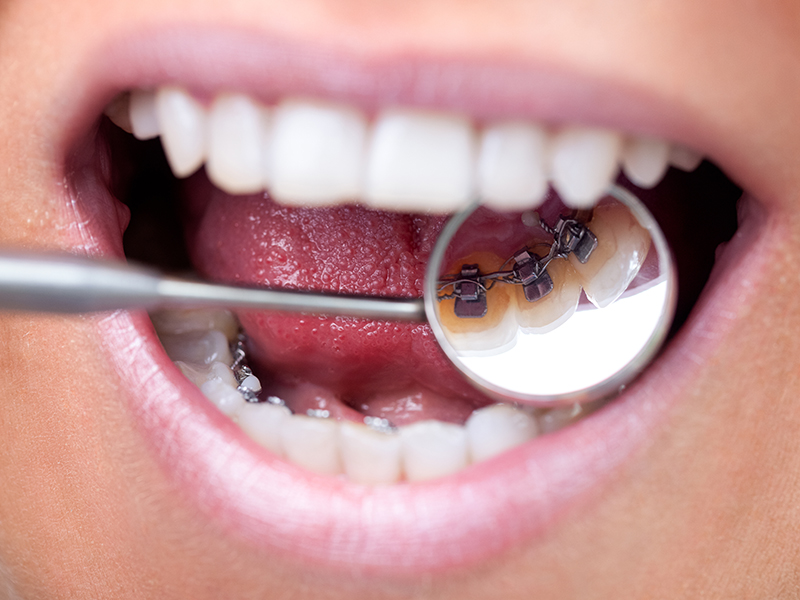
You probably didn't know braces can go behind your teeth. I'm sure that sounds amazing as almost no one can see them. However, the system is not perfect. Beside the fact that it can be a bit more challenging for an orthodontist to place due to not being able to see the backs of your teeth directly, they can be more annoying for a patient. They get in the way of the tongue and can cause soreness there, and it is often difficult to speak with them often creating a lisp. Additionally, risk of cavities on the backs of your teeth go up and due to the way we bite, therefore keeping them clean is very important. Want some tips to keeping these clean? Read our article on keeping retainers clean. Lastly, the braces on the top teeth can be knocked off by the bottom teeth. Similar to clear braces, this type of braces system can also be more expensive.
Clear Aligners
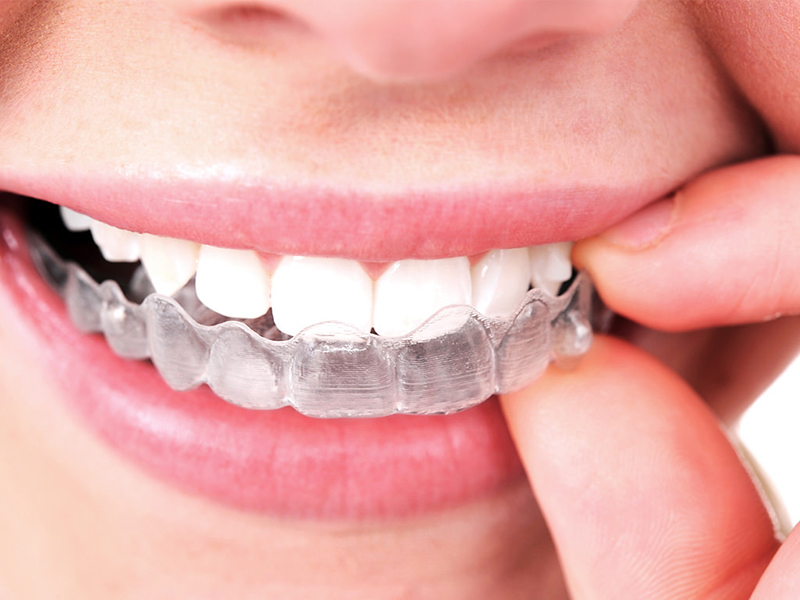
Clear aligners have gained a great deal of popularity these days with various brands including ClearCorrect and Invisalign. They involve a series of clear plastic trays that cover the teeth with each tray being worn for about 7-14 days. In addition to being clear, they make it easy to brush and floss as they can be taken off. With obvious pros, clear aligners include some cons that may not be well known. To assist in fitting each tray to the teeth, tooth-coloured bumps (aka attachments) are temporarily glued to the teeth. The number of attachments used varies per person depending on what the tray is trying to do to the teeth. Due to their tooth colour, these bumps are minimally visible. With the ability to take the trays off, treatment with clear aligners involves careful attention for the patient in ensuring they are worn for an appropriate amount of time which is typically 22 hours per day. Essentially to allow for enough time to eat and brush the teeth with the trays off. If the trays are not worn long enough per day, the teeth may not respond or fit the tray and as a result it could take longer to straighten your teeth. Taking off the trays also involves risk of losing them especially if placed in napkins or pockets. It is also common to lisp with these trays as they cover the backs of your teeth which may get in the way of the tongue. However, the tongue often gets used to the trays and the lisp commonly goes away. And, just like the other systems mentioned, clear aligners may cost you more than traditional braces.
Summary
Each type of tooth-straightening system described has its advantages and disadvantages. The decision on which one to use is one that is made with your orthodontist or dentist depending on the expectation of the patient and how difficult each case is. Careful consideration of treatment goals and objectives is important to select the system that will provide the best result and greatest compliance, which means you will stick with it!
What do you think? Are you considering Clear Bracket Braces or Clear Aligners?
Already had one of these? Tell me your experience, comment below 👇 with what you had and whether you liked/disliked it!
References
- Chhibber, A., Agarwal, S., Yadav, S., Kuo, C. L., & Upadhyay, M. (2018). Which orthodontic appliance is best for oral hygiene? A randomized clinical trial. American Journal of Orthodontics and Dentofacial Orthopedics, 153(2), 175-183.
- Lombardo, L., Panza, C., Scuzzo, G., Siciliani, G., Ortan, Y. Ö., & Gorgun, Ö. (2016). Adverse effects of lingual and buccal orthodontic techniques. American Journal of Orthodontics and Dentofacial Orthopedics, 150(5), 723.
- Proffit, William, Henry Fields, David Sarver. Contemporary Orthodontics, 5th Edition. Mosby, 042012. VitalBook file.








